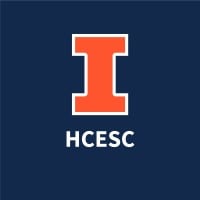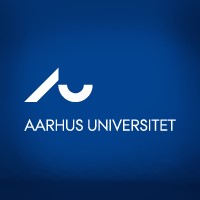
Health Care Engineering Systems Center at Illinois
The Health Care Engineering Systems Center (HCESC) at the University of Illinois at Urbana-Champaign provides clinical immersion and fosters collaboration between engineers and physicians. The goal is to use our expertise in the broad areas of simulation technologies, smart health systems, data analytics, human factors, and medical robotics to design and develop collaborative solutions that improve health care outcomes. HCESC was established in 2014 as a research center housed under the Coordinated Science Laboratory in The Grainger College of Engineering. We have grown as a place where engineering meets medicine in innovative ways, playing leadership roles in simulation, health data analytics, medical robotics, and education. One of the most important activities of our center is managing the Jump Applied Research in Community Health through Engineering and Simulation (ARCHES) endowment, which was established in 2014 by a $62.5 million gift. Jump ARCHES is a partnership between Jump Simulation and Education Center at OSF HealthCare in Peoria and HCESC. The endowment provides direct access and competitive grants for engineers and clinicians of every discipline to work together and solve problems in the world of healthcare. These competitive grants are available to employees of the University of Illinois at Urbana-Champaign, University of Illinois College of Medicine Peoria, and OSF HealthCare Systems. Proposal requests are accepted twice annually. Since its inception, Jump ARCHES has provided over $2 million through an internal grant mechanism to fund over 40 proposals. In 2019, the Jump ARCHES partnership was expanded with new commitments of $50 million, backed by a total of $112.5 million in endowment support. This multifaceted expansion included a $25 million gift from the DiSomma Family Foundation to the endowment pool held within the OSF HealthCare Foundation, an additional $12.5 million commitment from the OSF HealthCare Foundation, and an equivalent $12.5 mi






